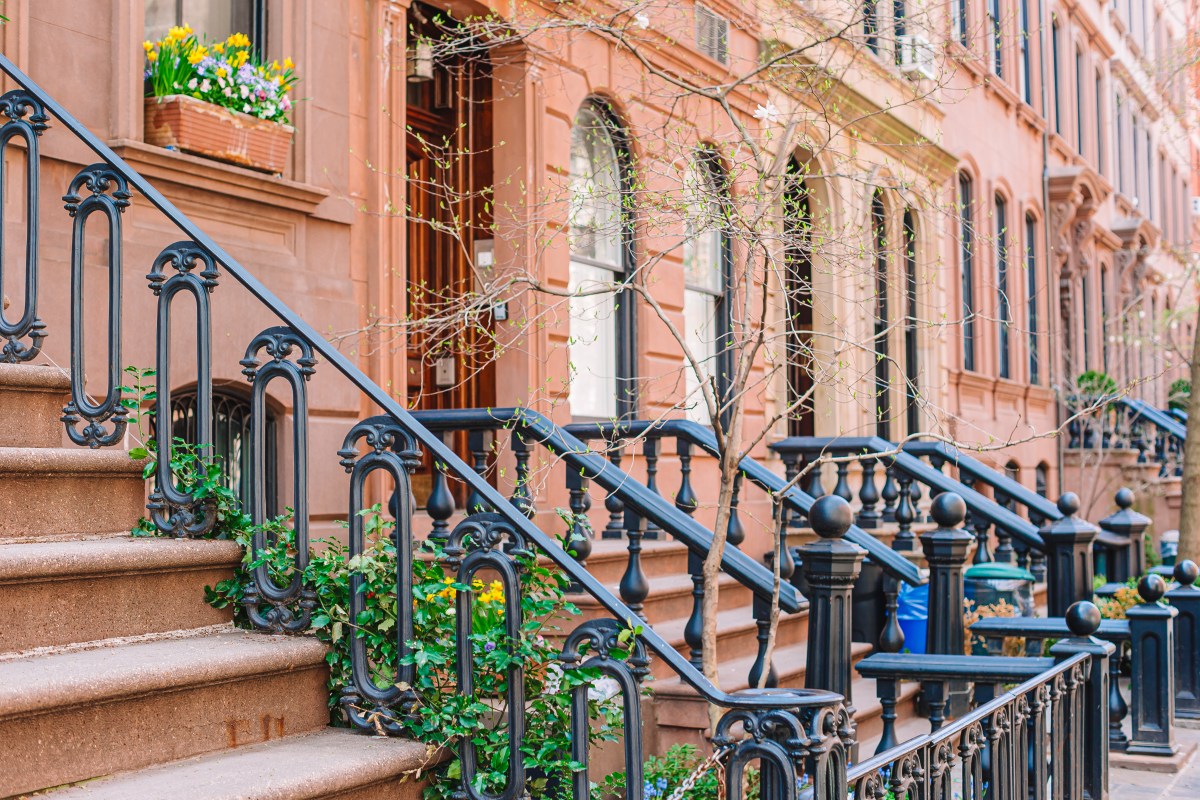
Thanks to new solar panels, residents of affordable co-ops in upper Manhattan will save more than $1.7 million over 25 years, according to the environmental justice organization that encouraged the installations.
The “Solar Uptown Now” campaign was launched by the Harlem group WE ACT for Environmental Justice to address the community’s desire to combat climate change after superstorm Sandy, save money on their living costs and bring jobs to local residents.
WE ACT partnered with Solar One, an environmental education group, and others to bring the clean energy to nine affordable co-ops, which are owned by the residents, and two market-rate apartment buildings in upper Manhattan — and hire local people in the process.
The nine affordable co-ops are expected to cumulatively save $59,000 in energy costs in the first year after installation and $1.7 million over the lifetime of the panels. Cost savings estimates weren’t immediately available for the two market-rate buildings.

“This is what it means to put community-driven solutions into action,” said Cecil Corbin-Mark, the deputy director and director of policy initiatives at WE ACT.
The organization has trained more than 90 people from the upper Manhattan community in solar panel installation. So far, five program graduates have been hired by Grid City, the company selected to do the installations, WE ACT said.
“This is really important to have folks who live in the community actually do the work,” said Peggy Shepard, WE ACT co-founder and executive director.
Installations are complete on four of the buildings, including a six-story co-op on West 138th Street, between Lenox Avenue and Adam Clayton Powell Jr. Boulevard, where WE ACT and its partners celebrated Wednesday.
The installation of the panels, which will supply energy for the building’s common spaces, including the lighting in hallways and the elevator, “was pretty seamless,” said Arlene James, treasurer of the building’s co-op board.

“I remember leaving one day and seeing these guys roll this huge spool of wire,” she said. “Then, maybe two weeks later, they were installed, so it was really, really fast.”
The process to get approval from the board and secure the proper permits took much longer than the installation itself, but it was worth it, chair of the co-op board Carolyn Steinberg said.
“We’re going to save about $5,500 a year,” she said about her building. “It cost us $37,000, so in seven years, it’s all paid off and the panels last for 30 years, so for 23 years, it’s pure profit.”
Steinberg said she encourages other buildings to do the same thing.
“I keep thinking of that old saying, ‘think globally, act locally,’ and that’s what we’ve been doing,” Steinberg said.



































